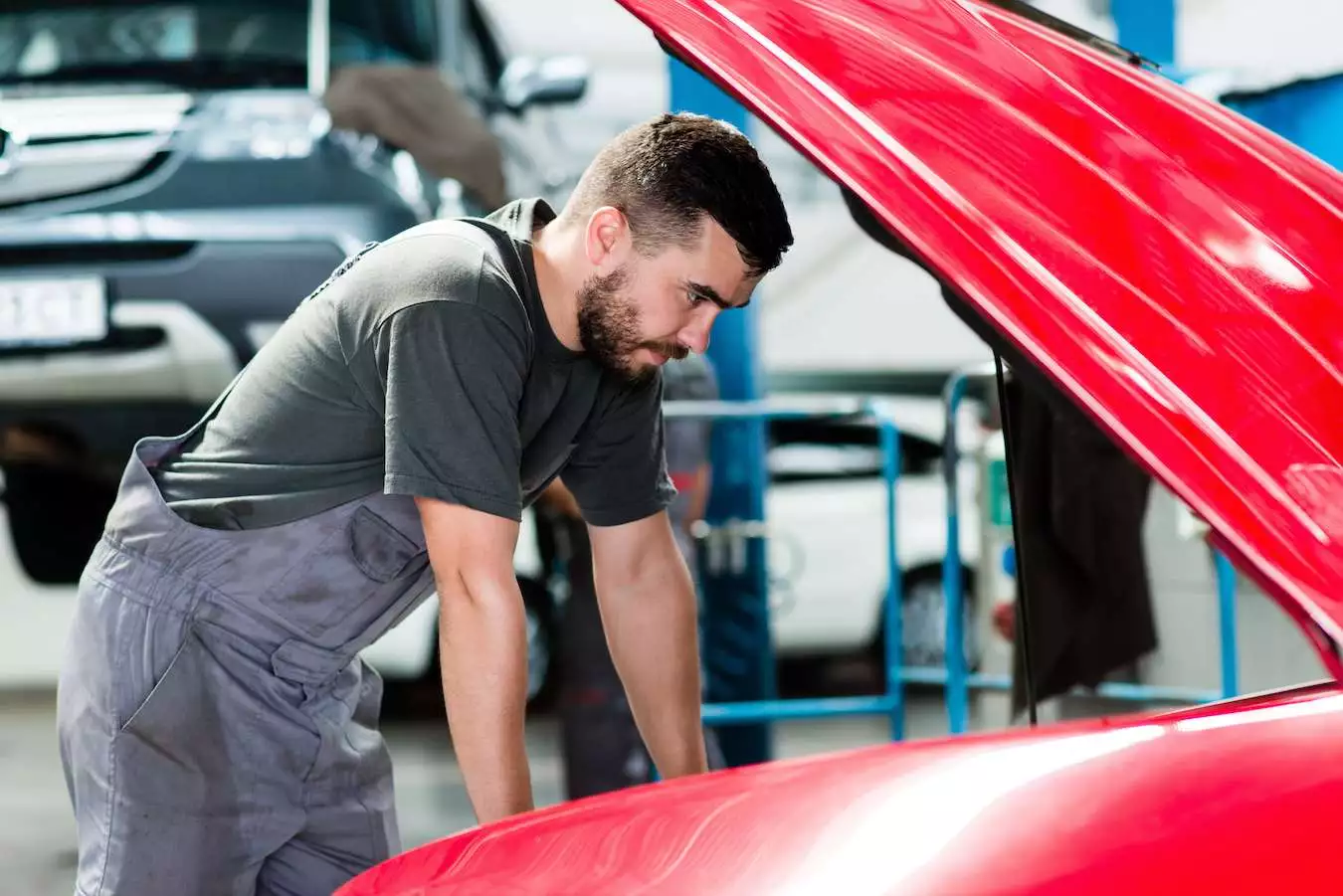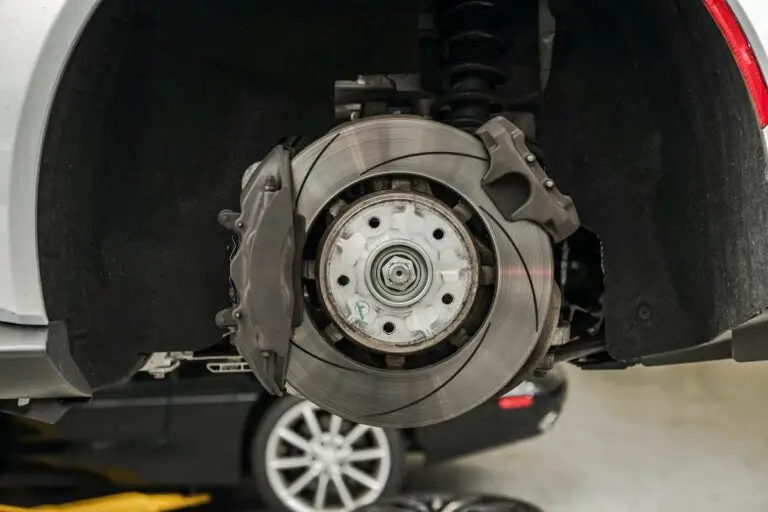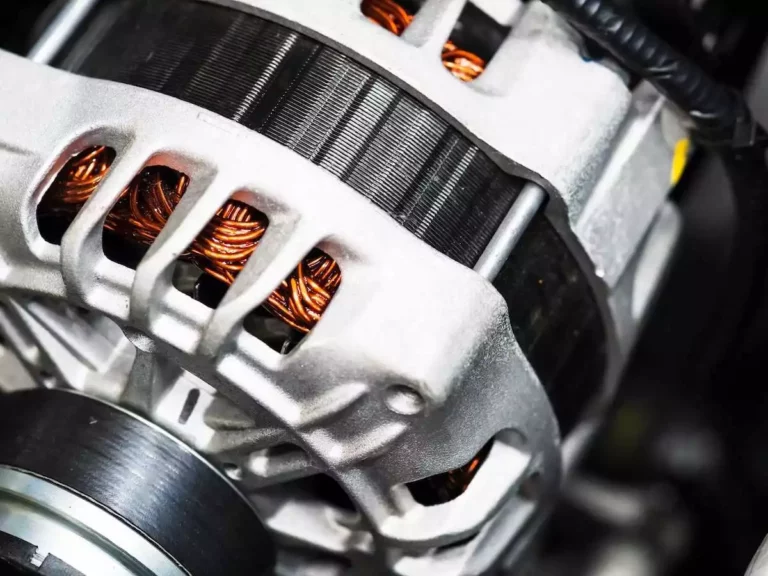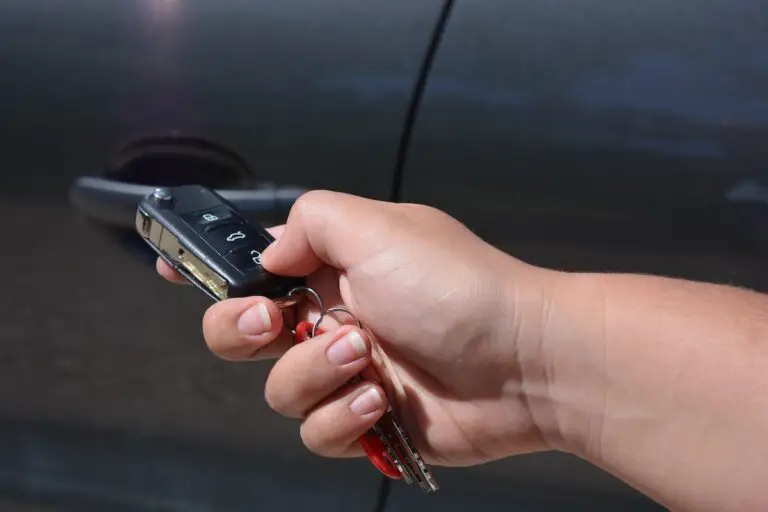How To Purge Air From Car’s AC System [Full Guide!]
If you’ve had a vehicle for any length of time, chances are the AC system has had at least a few issues. One of the most common problems with the air conditioning system is contaminants and air entering the system and producing blockages. In this case, you’ll need to flush the vehicle’s AC system.
The primary way to purge air from your cooling system is to attach a self-sealing funnel to the radiator and squeeze the radiator hose repeatedly until most of the air is released. Afterward, you’ll want to start the vehicle and allow the air to continue to be released.
In this article, we’ll go over step-by-step instructions on how to purge the air from your car’s cooling system. Let’s get started.
1. Start With a Cool Engine
The most important thing is to start this process with an engine completely cooled. It’s best to allow your car to rest overnight and begin the process in the morning.
This is important because radiators pressurize the coolant in them when the engine is hot. If you unscrew the radiator cap when the engine is hot, the coolant will shoot out from the radiator. Many people have been very badly burned this way.
That said, just ensure your car is completely cool before starting. Even if you’ve let it rest for an hour or two, the fluid inside the vehicle is probably still hot. If any part of your engine feels warm, wait a while longer.
2. Remove the Radiator Cap and Place a Funnel Over the Top
To begin with, you’ll want to remove the radiator cap. The radiator is located at the front of the vehicle in front of the engine. You should see a small metal cap that can be easily unscrewed.
Turn the cap, usually to the right, and unscrew the cap. Next, you’ll need to attach a funnel. This is because you’ll be squeezing the radiator hose. As you do, coolant will rise out of the radiator, and you’ll want to have something to catch it. Otherwise, you’ll end up wasting a lot of coolant.
There are two ways to go about doing a funnel. You can either purchase a self-sealing funnel like this FloTool Spill Saver Oil Funnel from Amazon, or you can make your own fairly easily with a disposable water bottle.
I’ll list some instructions in a moment on how to make your own funnel with a water bottle.
Once you have the funnel, place it in the radiator. Ensure the edges are completely sealed off so that no coolant can escape.
How To Make Your Own Funnel
Making your own water bottle funnel is super simple. Check out the instructions below if you decide to go this route.
- Begin by grabbing a disposable water bottle. The normal size of sixteen ounces is usually fine.
- Cut the bottom off of the bottle. You’ll want to make sure that air can get through the bottle.
- Remove the lid from the other end, and insert it into the radiator hole. This is where the coolant will flow upwards.
- Use duct tape or something similar to create a seal around the radiator cap. This step is really important. Without the seal, the coolant will just flow around the bottle. This also helps to attach the bottle securely to the radiator.
If the steps are still unclear, check out this video on YouTube on how to make a funnel using a water bottle.
3. Locate the Radiator Hose and Begin Squeezing It
This is where we start to purge the air from the cooling system. The radiator hose will be located behind the radiator. It is a medium size hose. You should be able to wrap your hand almost completely around it.
You’ll know you’ve found the right hose when coolant begins to rise in your funnel as you squeeze the hose. The first thing you’ll notice if you’ve got air built up in the car’s air conditioning system is that the coolant will appear like it’s bubbling.
The bubbles are the air that is trapped inside the radiator. As you continue squeezing the radiator hose, you will notice that bubbles decrease over time. You’ll want to continue squeezing and releasing the hose until you don’t see any more bubbles being released from the coolant.
Depending on how much air you have in the system, you can expect this process to take anywhere from five minutes to upwards of thirty minutes.
4. Add More Coolant to the Reservoir

This step can actually be done before you ever start squeezing the hose, but it’s especially important to take care of it before you heat the coolant.
The reservoir is typically located on the left side of the radiator but can vary from vehicle to vehicle. You’ll want to ensure that the coolant is filled up to at least the minimum line, but it’s best to fill it to the maximum line if possible.
Once you start the vehicle, the coolant will heat up significantly. This will cause it to thin, and the radiator may pull more from the reservoir. This is one reason we want to ensure we fill up the tank ahead of time.
The other reason is that spaces in the coolant reservoir allow more air to come through the radiator.
5. Start the Car and Wait for the Engine To Heat
This step is the easiest part of the process. You simply need to start your vehicle and let the engine heat completely.
Make sure that you do not remove the funnel during this time. You want the cap to remain off so that no pressure builds up in the radiator.
The engine should take no more than thirty minutes to fully heat. You can usually tell when it’s at normal operating temperature if the engine temperature gauge is sitting in the middle between the hot and cold.
If you want to help your car heat faster, you can rev the engine.
6. Turn On the Heater and Continue Squeezing the Hose
This is the next to final step in the process. The first part is to turn your heater on full blast. This will help to pull some of the heat from the engine as you work to remove the rest of the air from the coolant system.
It’s important to note that you should use some sort of heat protection during this process. The engine and radiator will both be very hot during this time. The best thing to use is some heat-protective gloves like these MAGID Cotton Mill Gloves (available on Amazon).
Once you’ve put on your heat gear, you’ll continue squeezing the radiator hose just as you were before. Be aware that the coolant thins when it is heated. This means it will flow up through the radiator a lot easier.
You should notice significantly fewer bubbles than you did at the beginning of the process. The act of heating the engine alone should release most of the air. However, if you heat the engine first before releasing some of the air, you won’t get near as much out.
Again, there’s no set time for this process, but it shouldn’t take more than ten minutes.
7. Put Everything Back Together
The final step is to turn off your vehicle, remove the funnel, and replace your radiator cap. At this point, the process is complete, and you should notice that your vehicle’s air conditioning system is running significantly smoother.
One thing to note is that while this process removes air from the system, it may not altogether remove contaminants. A good way to clean your car’s system from contaminants is to change out the filters. For assistance in this process, check out this article on how to clean the air filters.



![What Kind of Acid is in a Car Battery? [With Explanation!]](https://vehicleuniversity.com/wp-content/uploads/2023/01/daily-car-check-check-out-the-distilled-car-batter-2021-08-26-17-53-37-utc-768x576.webp)


![Do Cars Have Air Filters? [Here’s Everything to Know!]](https://vehicleuniversity.com/wp-content/uploads/2023/01/hand-hold-dirty-car-air-conditioning-filter-2021-08-30-02-20-32-utc-768x576.webp)

